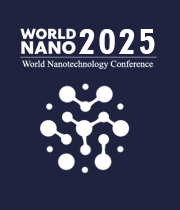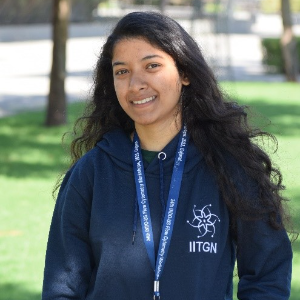Title : Understanding the impact of doping on the structural, hydrolytic, and thermal stability of HKUST-1
Abstract:
The copper-based metal organic framework (MOF), HKUST-1 also known as Cu-BTC or MOF-199 stands out as one of the most promising MOF candidates due to its unique features. With coordinatively unsaturated metal sites, large surface area, microporosity, tunability, and ease of functionalization, HKUST-1 offers unparalleled potential for various applications. In addition, introducing other elements as dopants into HKUST-1 creates multicenter MOFs which broadens its utility in adsorption, sensing, storage, and catalysis based applications. Despite this wide range of applications, the consequence of doping on the structural, hydrolytic, and thermal stability of HKUST-1 is unexplored, and their correlation has not been looked into. Determining whether these properties exhibit strong or weak correlations will enhance our ability to optimize the use of HKUST-1 for specific applications. This study explores the impact of doping on the fundamental stability aspects of HKUST-1, focusing on its structural, hydrolytic, and thermal properties. HKUST-1 with varying dopant concentrations of metal ions Al3+, Zn2+, Ni2+, and Fe3+ were synthesized. The hydrothermally synthesized pristine HKUST-1 and the metal-doped HKUST-1 were analysed for structural determination using XRD, XPS, TEM, and DFT studies. The hydrolytic stability was probed using ICP-OES, and thermal properties were measured using TGA, DSC, and high temperature-XRD. The doped HKUST-1 MOFs were isostructural with pristine HKUST-1 MOF. The incorporation of metal ions Zn2+ and Fe3+ enhanced the water stability of the HKUST-1. The structure of Zn2+ and Fe3+ doped HKUST remained intact for more than 2 h, while pristine HKUST-1 underwent disintegration in water in less than 2 h. Also, the copper ion release profile decreased in the case of the doped HKUST-1. This study will showcase the extent of doping and its implications on the delicate balance between structure and property. These findings can be used as frameworks for linking conceptual understanding of the fundamentals of doping in HKUST-1, formulating explanations, and predicting the impact of dopants for various applications.


